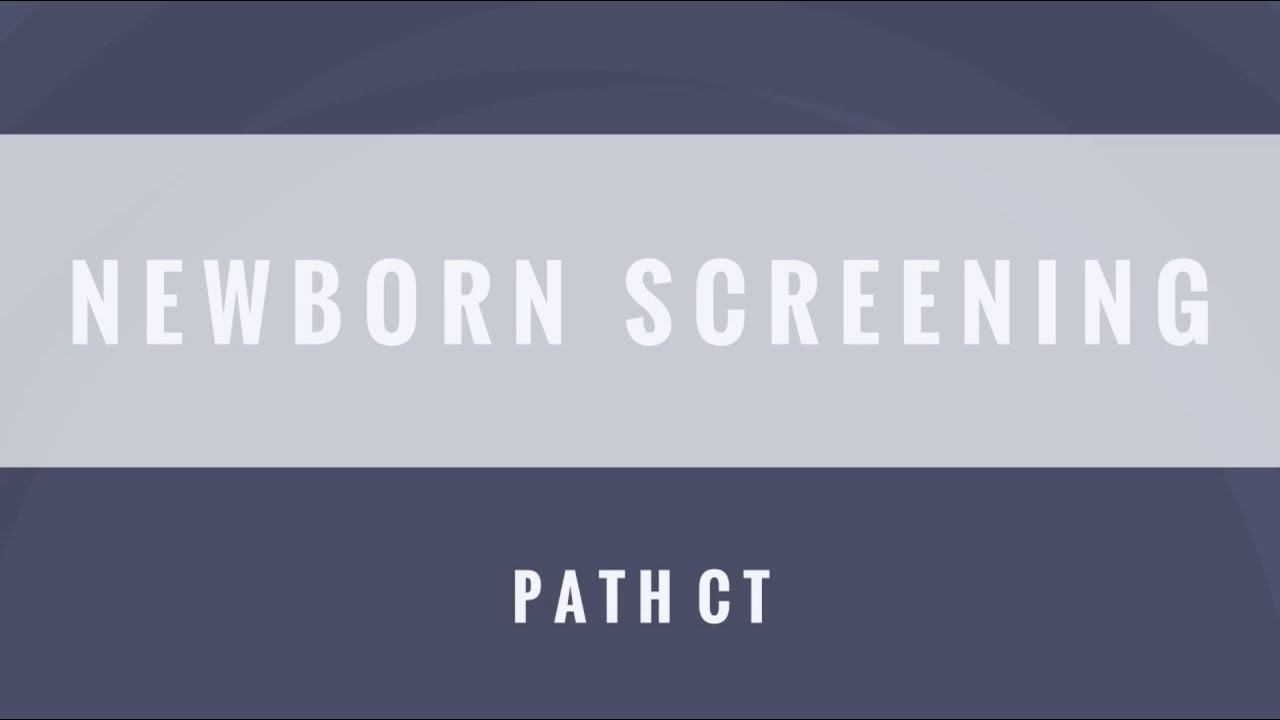Congratulations on the birth of your baby. The Connecticut Newborn Screening Network understands that learning your child’s newborn screen flagged for more testing can feel scary and overwhelming. Other families have told us they wish they had access to some more information on newborn screening and other resources.
Below is some information about newborn screening and the resources that other families have found useful. Hyperlinks are included if you want to learn more. We have included resources for learning more about newborn screening, connecting with other families who have similar medical experiences, speaking with a genetic counselor, Birth to Three, and Care Coordination that can help families with many resources from health insurance, housing, medical transportation, food, etc.
Key Takeaways
- You have just heard that your baby’s newborn screen flagged for more testing. Please understand that the newborn screening is just that—a screening test. Further testing is required to confirm or rule out the diagnosis.
- Most babies who have out of range newborn screens do not actually have a condition, or have a very mild form that requires no treatment.
- When diagnosed early, children with most conditions found through newborn screening can have healthy growth and development.
What is newborn screening?
Newborn screening is a screening test used to learn which babies would benefit from more testing for a medical condition If a baby’s results are “out of range,” this cues the doctor to order additional testing. This additional testing (called diagnostic testing) is used to confirm or rule out a diagnosis. If a condition is diagnosed, then your healthcare team can talk about the condition and any needed treatment.
There are three parts to newborn screening in Connecticut.
- Hearing screen.
- Heart defect screen. This is done using a machine called a pulse oximeter, with sensors placed on the baby’s skin. This machine estimates the amount of oxygen in a baby’s blood. If levels of oxygen are low, this could suggest a heart defect.
- Blood spot screening: Blood from a heel prick is put onto a special kind of paper (called filter paper) and sent to the state newborn screen laboratory and also to the cystic fibrosis laboratory to screen for close to 70 disorders. The blood sample is taken soon after birth to check for conditions that do not show symptoms right away and would benefit from early diagnosis and treatment.
The Connecticut Newborn Screening Network (called ‘the Network’ for short) works with families who’s baby had a blood spot newborn screen that flagged for more testing. The below information on newborn screening refers to the blood spot screening.
